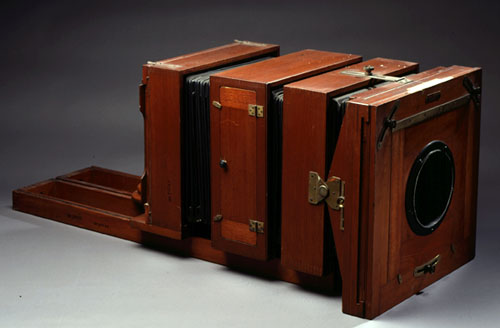History of Photography
The history of photography as we know it today can be traced back to the early 1820’s. This is when the science of chemical photography was first developed. The very first permanent photograph was produced in 1826 by a French inventor named Nicephore Niepce.
This first photograph took more than eight hours to develop. Therefore Niepce and another inventor named Louis Daguerre tried to come up with a more effective process. They experimented with silver compounds. Unfortunately Niecpe died before their work was complete. However, the history of photography continued and Daguerre eventually invented the daguerreotype in 1839, which utilized silver compounds in image development.
There were other contributors to the history of photography as well. In fact in 1832 Hercules Florence introduced a very similar process for developing photos. He named his method photographie. In addition, William Talbot had come up with a slightly different process for developing pictures using silver. When he heard about the daguerreotype he refined his technique. This led to the invention of the calotype process in 1840. This process creates negative images.
Another important player in the history of photography is John Herschel. Herschel developed the cyanotype process, which is referred to today as the blueprint process. He is also responsible for coining the terms “photography”, “negative”, and “positive”. In addition, he discovered a solution that could be used as a solvent for silver. Then he took his discovery to Daguerre and Talbot in 1839. They used it to make the images that were developed permanent.

Early Camera ca. 1900
In 1884, George Eastman developed film, which replaced the plates that were used in cameras before that. Since then there have been several advances in the area of photography. Today we can capture our memories with the use of digital cameras and technology allows us to print or send those pictures instantly.
Copyright © 2014 TheHistoryCalendar.com all rights reserved
